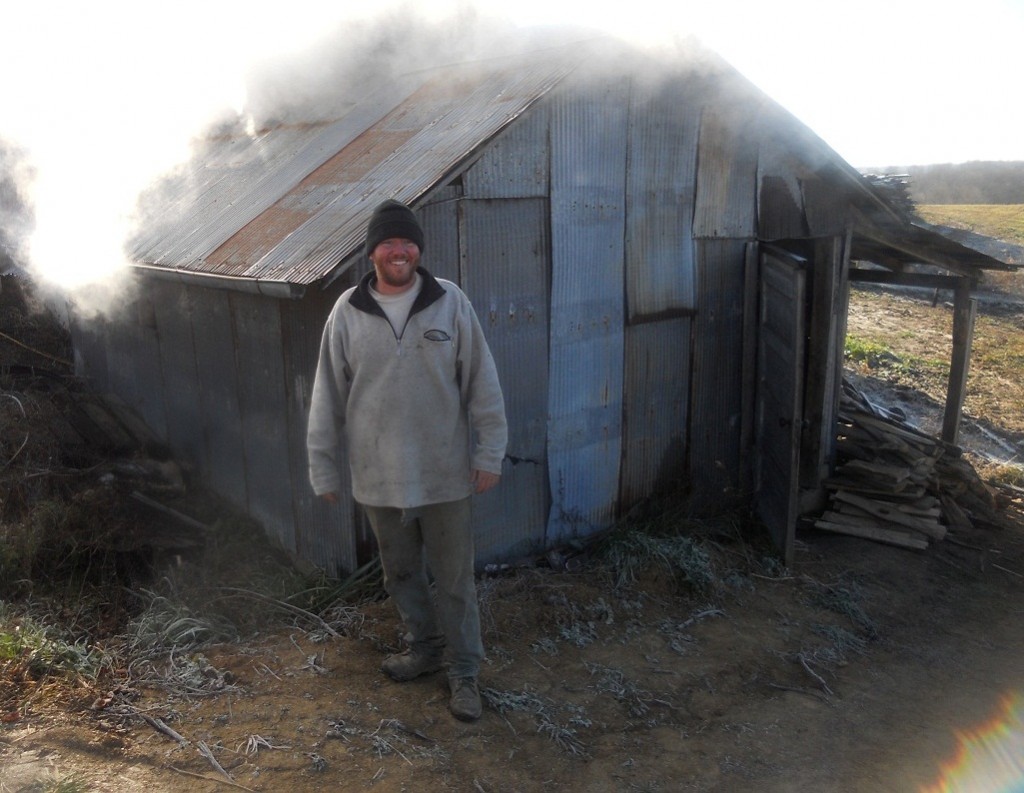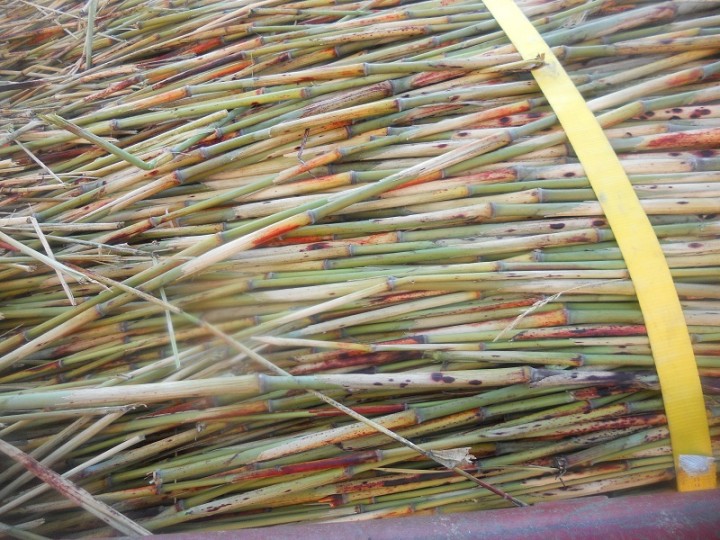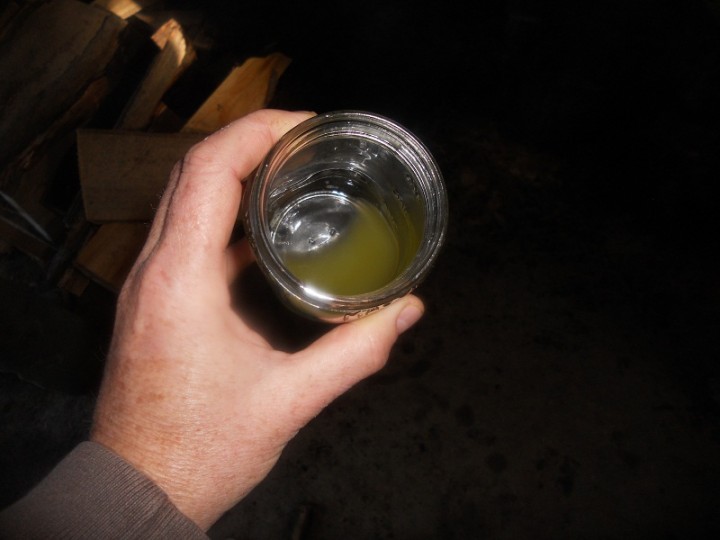
This Pizza Bianca is different from the 6-foot monsters made in Rome, Italy but tasty nonetheless. My staff and I ate the rest.
I promised to do a blog post about how to make pizza bianca and, I guess, this should be considered a “blomise.” After an earlier blog post on natural yeast, I’ve had alot of comments about the time it takes to obtain a strong enough levening agent to use in bread or pizza dough so… I’ve decided to combine the two.
I have found that to raise a hearty strain of wild yeast as fast as possible from the environmnet without other contaminants takes about four to five days. Just use fruit and filtered water and wash your hands before handling either.
Maturation of a natural starter is a wait-and-see effort. But the starter is only the beginning. It can take up to 20 days of feeding for a strong, fragrant and relevant mother to take hold. (why 20 you idiot?? I can do it in…) When you take your time and don’t push things, your starter will respond better.
I bake hundreds of breads each week and, like kids at differing stages of development, these large plastic bins with goo made from my starters start to talk to me. Some scream for attention early,(i.e. they need a nice bake in the oven.) Others are more mellow and coast for a long period before displaying the fruity, aggressive gas and enzematic activity associated with a great pre-ferment. I’ve even screamed at my staff, “Who put the fruit juice in with this starter?” and, after finding out that it had naturally evolved into this wonderful floral goo, felt like a dad who watching his kid kick some ass at a wrestling match.
I use a cold-maturation for my pre-ferments. This enables the yeasts to activate slower and I think, because I am using old grains like spelt, coaxes more flavor out of the whole grains. Thus, when I plan to bake, (which is every day.) I start a by feeding spelt and high protein flours to my pre-ferment that was made with the natural mother (10 pecent starter to 90 percent high gluten flour spelt and water. Then I feed twice a day for a week with the dough near the pizza ovens, (60-75 degrees.) I throw out or recycle 80 percent of the preferment and add another 80 percent flour and water, mixing with my hands. At this temp, the yeast is in it’s perfect environment to eat, eat, eat, then turn to an almost lifeless soup. After the week, I mix one more time and retard the pre ferment in my walk-in for a much needed rest for a few days.
For bake day, I take my pre ferment out for about five hours. My initial mix starts with the “Autolyse” method of mixing just the flour and water in a Stephan VCM (vertical-cutter-mixer… and yes, this is appalling to most “serious” bakers but…the hell with them- you gotta work with what you got!) I wait about 25 minutes to mix the yeast and salt in. This process greatly enhances the gluten net.
I sometimes use a small amount of diastatic malt from Ohio’s Berry Farms and salt with a hydration of either 40 to 60 pecent depending upon what I am baking. I also use a Pate’ Fermentee, or old dough to the mix. The little bit of malt helps with the overall taste and resulting crust as my dough retards in a cold environment for 12 to sometimes over 48 hours before baking. After this fast mix for up to three whole minutes, I bench the mix for a rest using the windowpane test
I hope you can learn some stuff from this but, just remember, I am just a pizza guy and baker who has pretty much learned by the seat of my pants, but if you want some books that are great, try Peter Reinharts “The Bread Bakers Apprentice” or “My Bread” by Jim Lahey, or “Tartine Bread.”
Just remember, you learn better from mistakes than from perfection and if you really mess things up, just lie and tell your guests its a “rustic” bread recipe from a lost Celtic tribe off the coast of Idaho. Just don’t blame me, I’m just a goon. Here’s a video of this pizza bianca with a killer topping.
Here is the recipe for the cilantro topping:
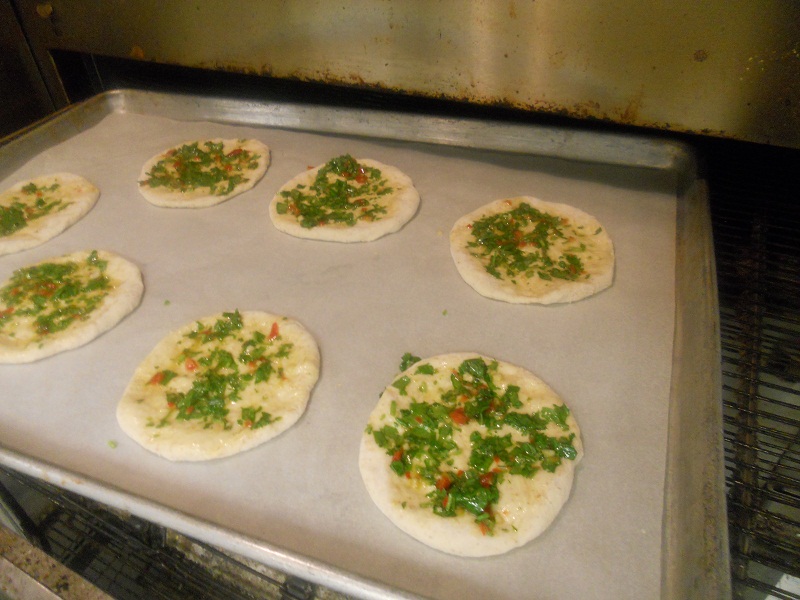
These were the Na’an that I attempted. The cilantro topping was great but the dough suc…errrr… didn’t quite meet my expectations.
2 Jalepeno’s
1 red ancho chili
5 cloves garlic
One bunch cilantro
1/4 cup extra virgin olive oil
1 tablespoon cumin
salt and pepper to taste
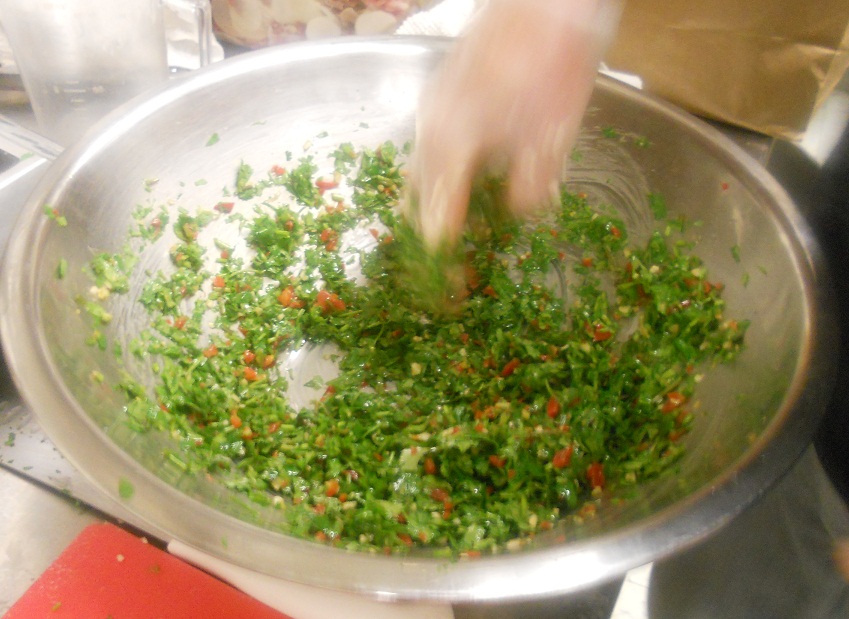
Place all in a blender, food processor or bowl with an immersion blender and blend together. Hold under refrigeration to let flavors meld for four hours or longer. Place on Pizza Bianca as shown in video


